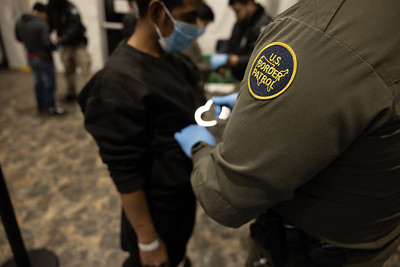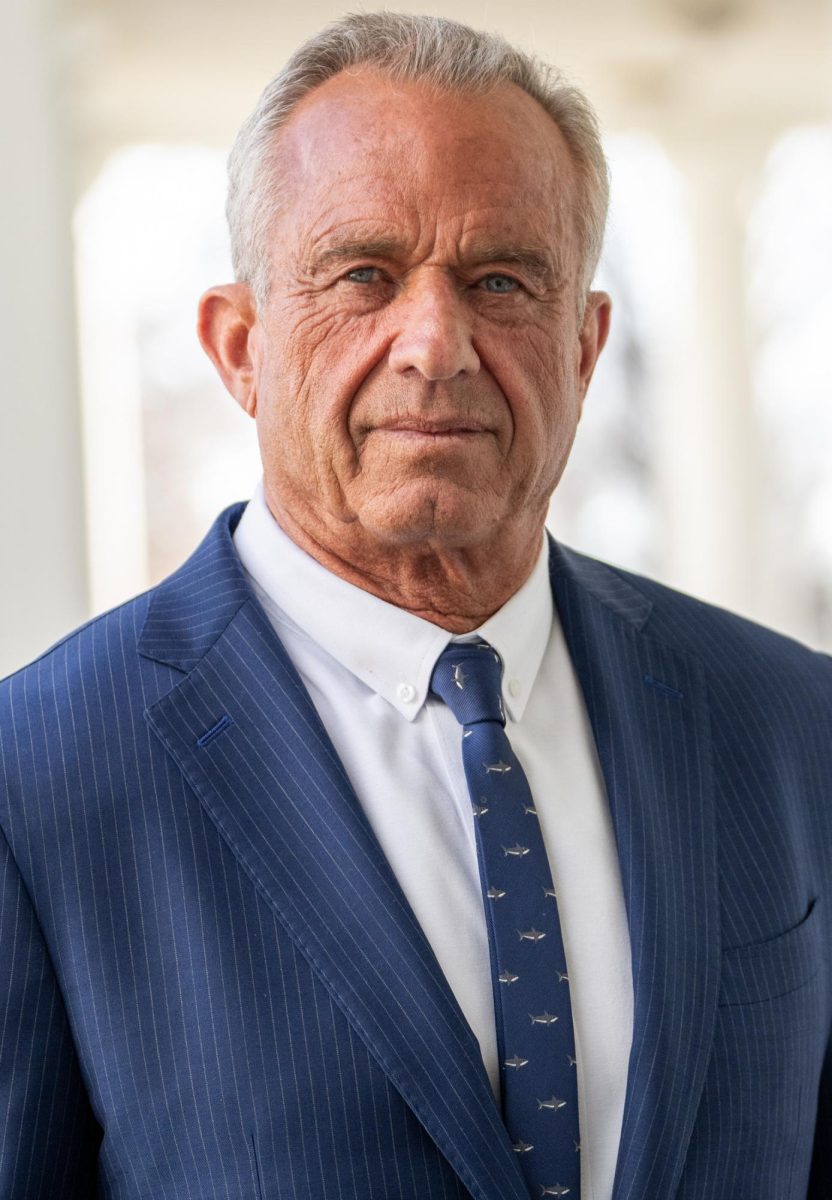Until last semester, I was against using Twitter. I created an account a year ago with the sole purpose of using it to contact people and discovering news for articles and assignments. I didn’t think – or want – my daily to-do list to contain tweeting, @replying or following celebrities. I was content with checking emails and Facebook only.
But then I enrolled in Professor Dan Kennedy’s “Reinventing the News: The Journalism of the Web” class last spring, and my mindset changed. I began tweeting and re-tweeting on a regular basis, following strangers and more news organizations. I learned the importance of using my account as a social media tool to enhance my journalism skills, and to research for stories and ideas. I realized Twitter has the ability to help journalists tell stories in new and far-reaching ways.
And since the start of my co-op position at Boston.com in June, I have used my Twitter handle (for those non-Twitter users unaware of the jargon, it is simply a user name) to promote news featured on the website and photo galleries that I create. My “followers” then see my tweets and (hopefully) follow the links to Boston.com. I don’t love self-promoting, but it helps to endorse the website.
As a side note, NetProspex, a Waltham based company, ranked Boston No. 9 out of 25 in social media intelligence in the 2011 Social Business Report. For Twitter usage, the city tied for 29 out of 50.
To enhance my understanding of the digital news world and to network, I volunteered for an afternoon last weekend at the annual Online News Association Conference (ONA). For three days, members of the media from around the country came together at the Boston Copley Marriott Place on Huntington Avenue to share innovative ideas and to discuss how journalism is evolving.
ONA is the world’s largest non-profit membership organization for digital journalists, connecting journalism, technology and innovation. In the past, the conference was held in locations throughout the United States, such as Washington, D.C. and San Francisco, Calif. Each year, the conference inspires innovation and excellence among digital journalists to better serve the public.
Through panels, workshops and sessions, the conference intersected journalism and technology. The topics – which ranged from innovative ways to cover the 2012 election and new platforms for long-form journalism, to a conversation on the front lines of the Arab Revolution and the craft of Twitter – covered various subjects and brought light to problems facing the news industry.
The importance of student journalism was also demonstrated at the conference. Twenty students from colleges around the country, including Northeastern journalism student, and columnist for The News, Sarah Moomaw, provided intensive coverage of the event throughout the weekend for the conference’s website.
In the transforming world of news and digital journalism, gaining and improving multimedia skills is now more important than ever. The days are gone when journalists only carried a notebook and a pen. Now, they must also carry a camera – with photography and video capabilities – to capture the entire story. Not to mention the multimedia skills needed to produce the photographs and videos.
Since the association’s establishment in 1999, ONA members – there are now more than 2,100 – have been the news writers, producers, designers, bloggers, editors, photographers, programmers and students from around the world who have taken the reigns and are working to usher the future of the news business into existence.
In case I wasn’t aware of the importance of digital journalism before the weekend, one idea was confirmed after being around various members of the media: Digital journalism matters. I will continue my Twitter usage and welcome other social media tools that are created.
– Michele Richinick can be reached at [email protected].









